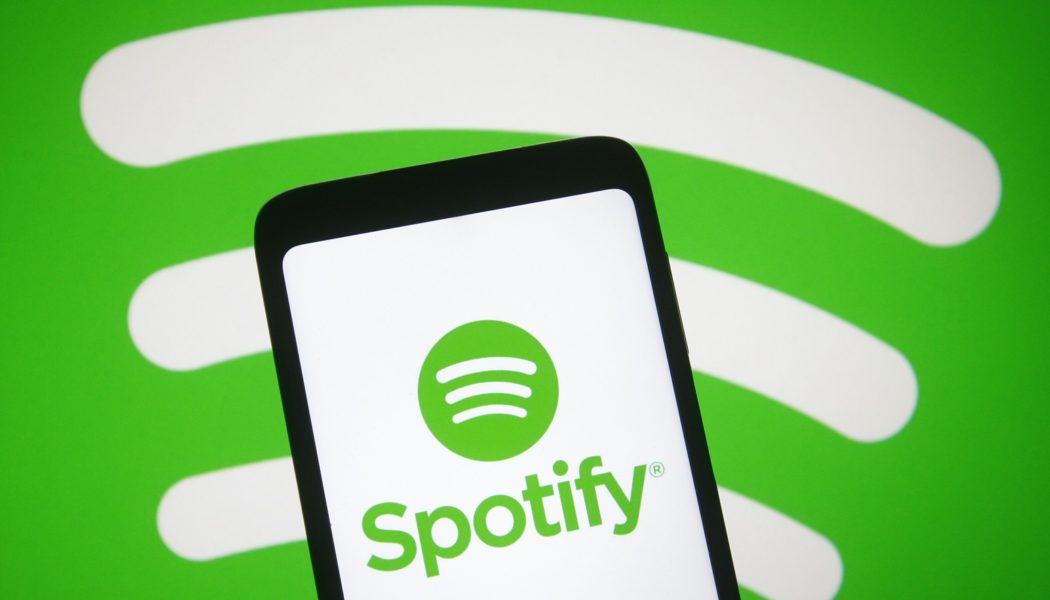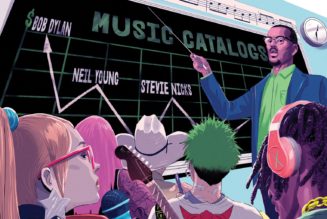
Anyone with an internet connection can post their music to YouTube or Spotify. The challenge now is getting people to listen to it. To reach audiences, aspiring musicians can hook up with TikTok influencers who will dance to their songs for money. Or they can pay the thousands of independent playlisters on Spotify to add their tunes to popular playlists. An entire subindustry of social media music promotion has sprung up specifically to assist musicians with these endeavors.
Historically, the justifications for regulating payola were (i) that it harmed consumers, and (ii) that it harmed competition. But as we describe in a forthcoming law review article exploring the history of payola, in the 1950s and 1960s, these “harms” were often used as a cover for run-of-the-mill racism. The growth in popularity of rock-and-roll—or “race music” as it was called at the time — unsettled and upset the established, white songwriters and recording artists of the era. Pay-for-play was one way for traditionally marginalized artists to get a foot in the door of an industry that was otherwise closed to them.
Today, superstar artists on major record labels have both the resources and the connections to get their songs on coveted playlists without having to resort to “Discovery Mode.” Independent artists without major record deals or sufficient resources may not. For them, “reverse payola” serves as a means of access to crucial distribution outlets. Why target regulation at an innovation that could increase the diversity of musical offerings?
Consider an analogy: An exclusive private high school uses a secret admissions formula to determine which students get to attend. Lo and behold, those spots consistently go to the children of the rich and well-connected. Now imagine that the school adopts a lottery for 20% of the spots in the class. Lottery tickets are relatively inexpensive, and people can buy as many as they want. Of course, some rich parents will still buy a lot of lottery tickets. (Hi, Lori Laughlin!) Others may eschew the whole process either because they’re confident their children will be admitted anyway or because they find the lottery vulgar. The lottery system is far from perfect, but in the end, some disadvantaged kids will end up with lottery tickets that hit, and the resulting class will be more diverse than one without the lottery.
Streaming payola operates in much the same way. Instead of a closed and secret system where the major record labels control access to audiences, it introduces a lottery for low-priced tickets to success.
It’s important to note that payola is not and never has been illegal. Rather, payola regulation merely requires disclosure of payola by the party who accepts it. Disclosure is effective in minimizing payola because artists don’t want to be seen as having paid for their popularity instead of earning it on merit (a romantic, if laughable, concept). Regulating Spotify Discovery Mode like this—effectively putting a “paid promotion” sticker on tracks by artists who opt to use it—makes it less appealing, potentially closing off one of the only low-cost access points available to independent artists.
To be clear, we don’t think this is necessarily the best of all possible worlds for music distribution. While it’s amazing that listeners can access tens of millions of songs on Spotify or Apple Music for a relatively low monthly fee, it’s also concerning that three major record labels and a handful of tech platforms control so much access to music. If Congress is worried about music distribution and artist equity, it should focus its attention on the increasing market power of platforms and labels—not on the smaller artists trying to get a leg up.
Christopher Buccafusco is director of the Intellectual Property & Information Law Program at the Benjamin N. Cardozo School of Law at Yeshiva University. Kristelia Garcia is associate professor of law at the University of Colorado Law School and Director of the Intellectual Property Initiative at the Silicon Flatirons Center for Law, Technology, and Entrepreneurship.










